A future for Canada? A different philosophical, geopolitical, and socio-economic perspective.
A few of the authors I follow have been willing to take a bigger picture about the future of Canada. There is a growing recognition we are at the end of an era, and the geopolitical order that was established after the 1940’s will not be maintained.
I don’t consider the “products” and “services” that are thought of as part of “trade” to be neutral, so consider trade policy to be part of wider geopolitical and socio-economic policy. Even if this isn’t obvious for the trade in lumber, it should be obvious given so-called “intellectual property” (government granted monopolies), including the inputs and outputs of cultural industries and the knowledge used to to build anything, is also considered part of “trade”.
When I think about the future of Canada, I notice my perspective is different from other people who are citizens of those governments. I only consider Canada to be a set of government institutions, and not a place or a group of people.
A good visual place to start is maps. I grew up being presented with an Atlantic-centered map as if this was the most logical way to look at the world, with the continent I am on being labelled as part of the “Western” hemisphere.
If you think in terms of philosophy and worldviews, that way of visualizing the world pushes a specific narrative.
While I believe the settler-colonial governments of Canada and the USA could be said to be even more “western” than Western Asia and Western Europe (where the worldviews, religions, etc originated), that is only speaking of the ideologies imposed by those governments. If we are thinking about the future, why assume that the status-quo will be maintained?
I prefer to visualize a Pacific-centered map, such as the one that I have on the wall behind my desk.
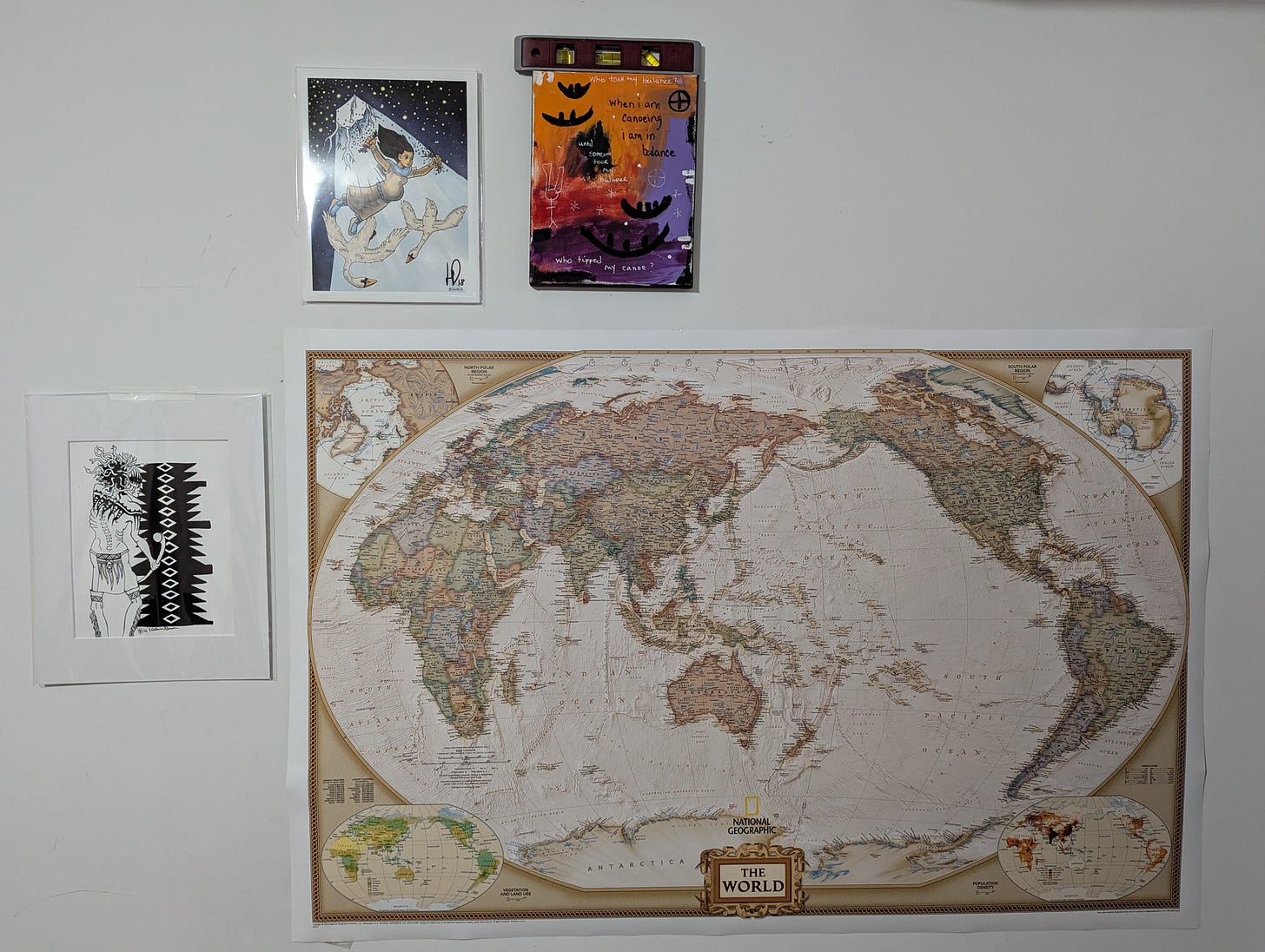
While I was born in 1968CE (Christian Era), I don’t consider only my lifetime, or the lifetime of individual humans, in how I evaluate the past and think about potential futures. I believe to ask the question about the future of Canada requires that we think multi-generationally about these lands and its peoples, including prior to the creation of the governments of Canada, and even prior to European contact with this continent.
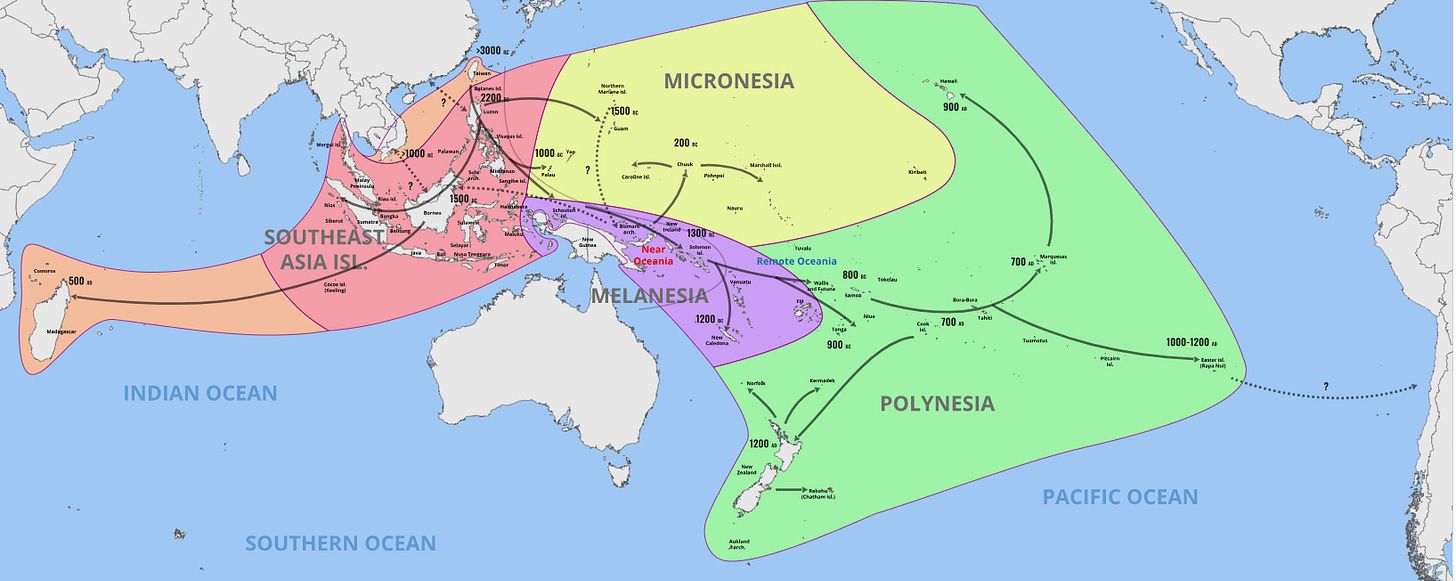
Why do these images inspire my thinking?
It is my belief that the status-quo of Canada is not sustainable. Part of the stability after the 1940’s was between nation states, but I also believe what paused rapid change between nation-states also pausing rapid change within the institutions of those nation-states as well.
Within the context of Canada and the USA there has always been a tension between those who are proud and/or loyal to the principles upon which these institutions were formed, and those who envisioned something else.
While there are those who believe the “something else” already happened based on a myth of progress, the actual underlying institutions never changed.

Some of us are openly rejecting the very values that Canada and the USA are founded on.
Some individuals who are trying to be anti-racist still include the USA or Canada as part of their personal identity, limiting their ability to question those institutions. That may change with the lack of stability of those institutions.
These images remind me that relations existed across the Pacific between this continent and the Asia-Pacific far longer than European contact over the Atlantic. If we are taking a pre-colonial and/or post-colonial look at geopolitics, we should be thinking of these continents as “further east” rather than as if it were logical to think of this as a Western hemisphere.
When I think of religion, worldviews, etc, I notice more similarities with what Europeans think of as “eastern philosophies” within domestic (Indigenous) worldviews than I do similarities to European thought.
I am not going to pretend I can predict the future of this continent, but this is the inspiration I take. I don’t presume the governments of Canada or the USA will be part of that future. I consider Canada and the USA to be part of the history of this land and its Indigenous peoples, and not that Indigenous peoples or this land are part of the history of the USA or Canada.
An Association Fallacy, and the need to move past settler-colonial thinking
I’ve been frustrated with the political conversations within the Western Europe and other Group of countries (See UN “regional” groups). WEOG has been called the UN’s Settler-Colonial Bloc, and there has been an ideological consensus that has kept that bloc together.





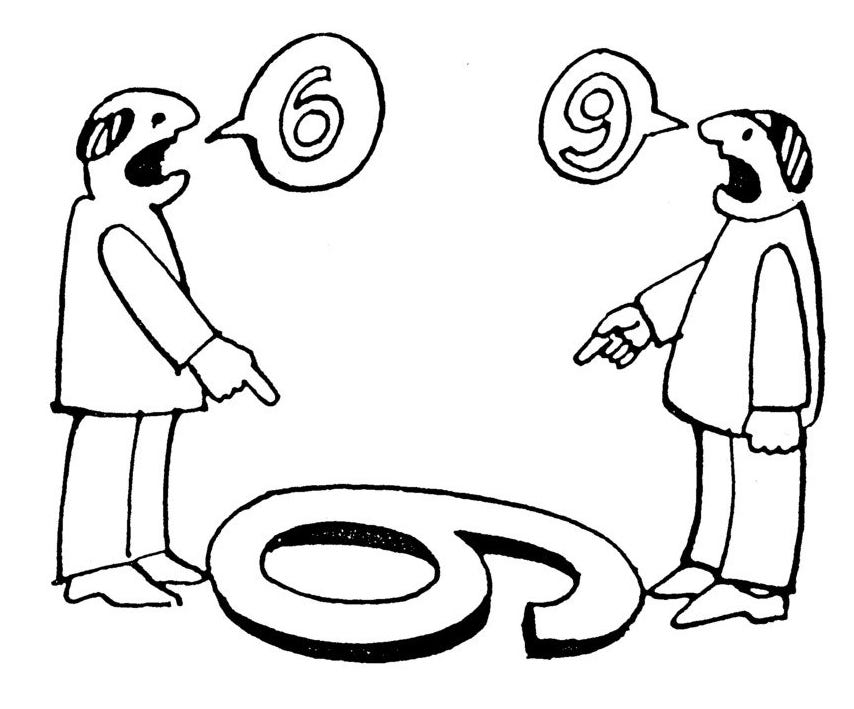

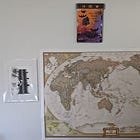
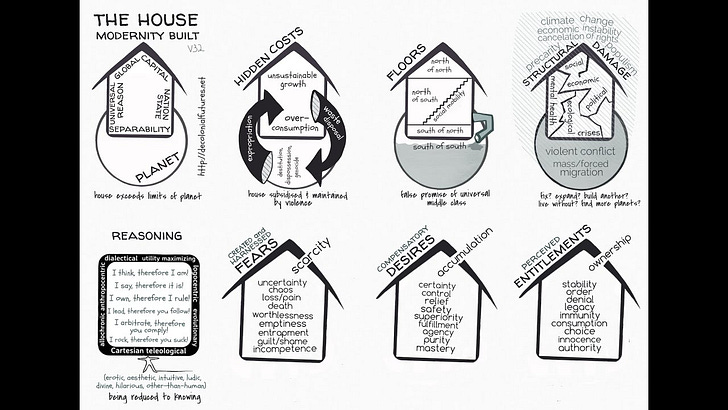
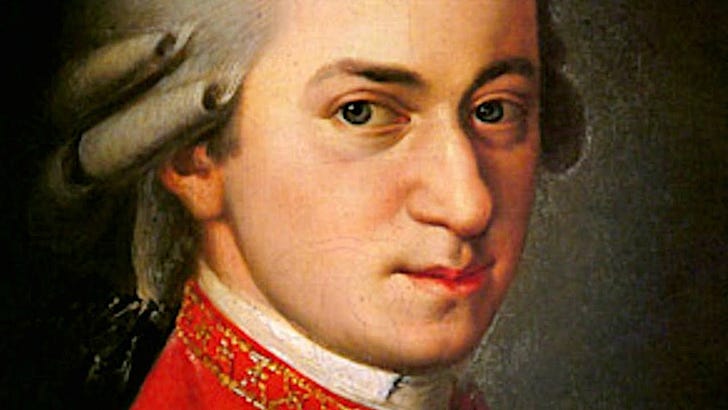
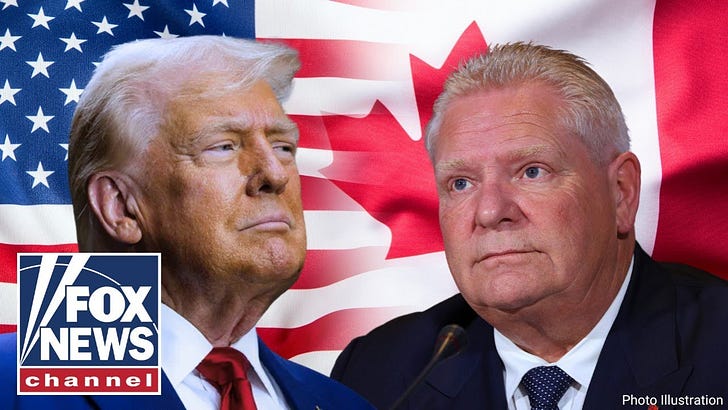
great one!